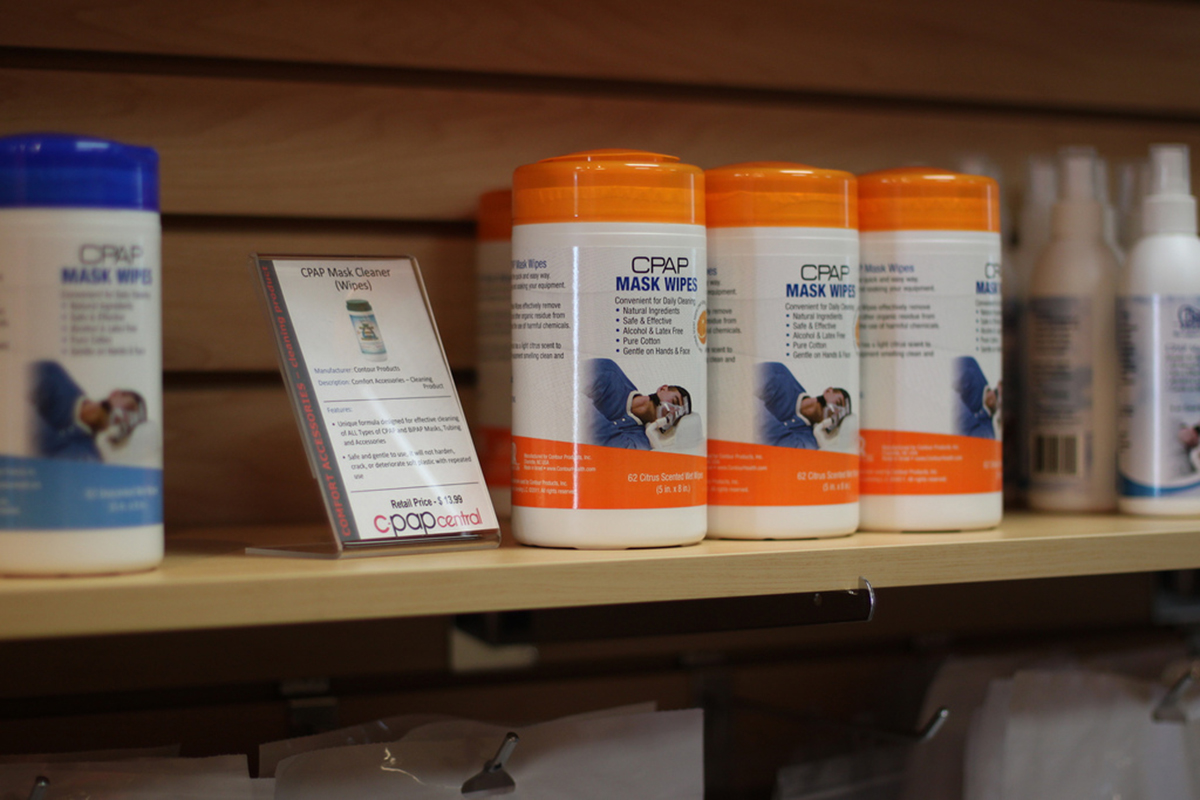Table of Contents
Nobody likes to sleep next to someone who snores, but snoring often indicates a serious medical problem, obstructive sleep apnea. The standard medical treatment for sleep apnea is continuous positive airway pressure, but CPAP is not the only treatment.
Keeping in mind that your doctor really knows more than some writer on the Internet can tell you about your condition, even a great writer like me, here are some other devices you may want to try before CPAP.
The Provent continuous positive airway pressure device works like a traditional CPAP, but without the face mask. This device consists of two canula that fit into the nostrils. The tubes have valves that left air flow in freely but keep some of the air from escaping from the nose and throat as the user exhales. This keeps air passages open, without the need for a tight-fitting mask.

What is the downside to Provent? Medicare won't pay for it, or for supplies. Some insurnance companies will put up a fuss, too. The device does not work well for people who have chronic nasal allergies, or severely blocked nasal passages, or who only breathe through their mouths when they sleep.
Fortunately, there are other products that also can be tried. A mandibular separater moves both the upper and lower jaws slightly forward so that the passage from the nostrils to the throat does not close during the night. Attached to both jaws (using the device on just one jaw will not be effective), it provides an additional 6 to 8 mm (1/4 to 1/3 inch) of room at the back of the throat for air flow. About 80 percent of people who can't tolerate CPAP can tolerate this device.
The "jaw spreader" is not without its own problems. There is no doubt that if it is not carefully fitted by a dentist or a pulmonologist, and sometimes even if it is, it can cause tooth or jaw pain. There can be changes in bite. Many people develop hypersalivation, that is, they tend to drool, when they wear the device. Clinical studies find that using the device actually improves health. People have fewer episodes of hypoxea, low oxygen levels, during the night. This spares the heart from having to pump harder and keeps the brain oxygenated. However, people who use jaw thrust appliances typically don't report that they feel a lot better as a result. Quality of life measures were not significantly improved in testing.
From the former Soviet Union comes another alternative that causes none of these problems, that doesn't work immediately, but that can really relieve sleep apnea if used every day for a period of two or three months. These are the Buteyko exercises.
Careful adherence to just three core principles can make a real difference in how people with sleep apnea feel and sleep in just a few months.
- Always breathe through your nose, especially when you are exercising. The more you breathe through your nose during the day, the more easily you can breathe through your nose at night.
- Practice taking a pause as you breathe. When you breathe out longer than you breathe in, your pulse slows and resistance in your blood vessels relaxes to lower your blood pressure. You can't do this consciously at night, but the more you practice during the day, the more relaxed you will be at night.
- Trust your body to breathe correctly. During the day, shortness of breath sometimes can be avoided just by slowing down and trusting your lungs to catch up. This practice transfers to your nightime behavior.
Some online vendors sell an inexpensive Buteyko breathing practice device that builds up lung capacity. It's actually rare for people to find the discipline to use it regularly, but it works. Buteyko is not a cure for sleep apnea, and you may still need medical intervention, but these methods cost nothing and help.
- Beth Skwarecki. Sleep Apnea: Mixed Results for Mandibular Appliance. Medscape Medical News. 5 June 2015.
- Photo courtesy of .Larry Page via Flickr: www.flickr.com/photos/igboo/5942551037
- Photo courtesy of .Larry Page via Flickr: www.flickr.com/photos/igboo/5942551037
- Photo courtesy of Rachel Tayse via Flickr: www.flickr.com/photos/11921146@N03/6835818832

